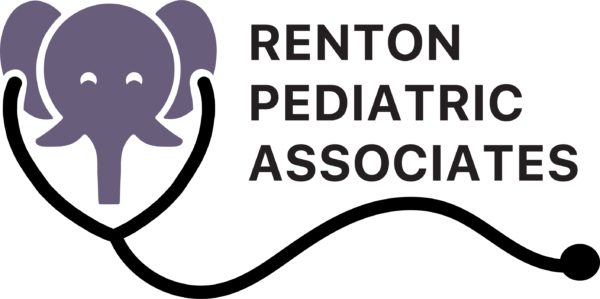Pets and Pet Food: Risk of Illness to Humans
There are a number of illnesses in humans that can be linked to contact with animals or animal products. This article will focus on Salmonella which is a bacteria that causes fever, severe diarrhea, vomiting, and abdominal cramping in humans. People can become infected with Salmonella by physical contact with some animals. Children, the elderly and those with a weakened immune system are most at risk from this type of infection.
Here is a short review of the animals and related products that caused outbreaks in 2012:
- Chicks, ducklings and other live poultry that are sold by mail-order hatcheries, agricultural feed stores or displayed at petting zoos, farms, or school events. These animals may be clean and appear healthy but may be contaminated with Salmonella. They pass the bacteria in their feces and contact with these droppings can leave residue on their bodies or the materials in their environment.
- Hedgehogs that are kept as pets. They may pass Salmonella in their droppings and contaminate their enclosures hand may get droppings on their bodies. In 2012 six states have reported cases of Salmonella acquired from hedgehogs.
- Small turtles that may be sold as pets for young children at fairs or flea markets. The US Food and Drug Administration (FDA) has banned the sale of turtles with shell lengths less than 4 inches, because these attractive little animals have long been known to be carriers of Salmonella.
- Other reptiles and amphibians such as snakes, iguanas, frogs, salamanders, chameleons, and geckos that are quiet, undemanding pets. They often carry the bacteria Salmonella in their intestines. They shed the bacteria to their environment when they pass stool. Handling these animals, cleaning their enclosures (cages, aquariums, terrariums) and touching the water in their enclosure may pass the bacteria to humans. The Center for Disease Control (CDC) recommends against keeping these type of animals especially in daycare centers, preschools or nursery schools for children younger than five years of age.
- Dry dog food can also be a source of salmonella infection. Twenty states and Canada reported cases of Salmonella linked to dry dog food.
There are other sources of Salmonella which are not discussed here. The goal of this article was to mention some common encounters children may have with certain live animals.
The most important point to remember is the often repeated message from us health care providers: Handwashing with soap and warm water for at least 20 seconds after coming in contact with these animals will help reduce your chances of getting infected with Salmonella. This should be practiced at home, schools, daycare centers or any place these animals are kept. Hands should also be washed after handling pet food.
There are specific instructions for cleaning pet enclosures, other materials in the pet’s environment and the pet’s water supply on the CDC website.
For more details regarding Salmonella outbreaks related to pets see: www.CDC.gov.
